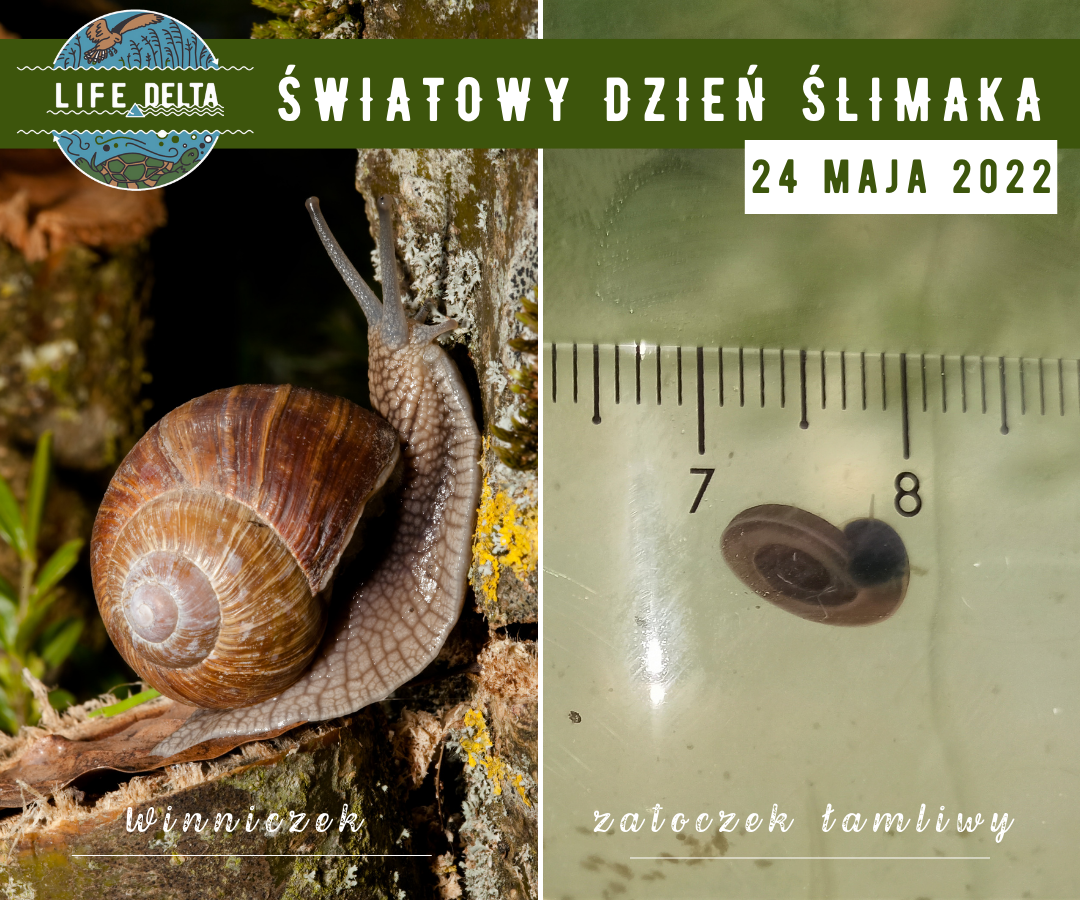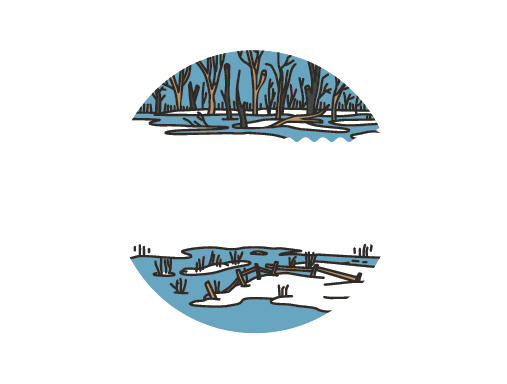
24 May May 24 – World Snail Day
After Turtle Day, which is celebrated on May 23, today it’s time to congratulate another animal. On May 24, we celebrate the snail’s day. They are one of the slowest creatures on the planet, they move much more slowly than the pond turtle.
Each of us from preschool times knows the poem about a snail, “Snail, snail show horns. I’ll give you cheese for dumplings. Only a few know that the snail group is exceptionally numerous and diverse. It is estimated that there are over 100,000 different species worldwide.
The most popular representative of land snails is the grape snail. This animal does not like harsh sunlight, so it can be better observed on cloudy days. The slime helps to lubricate the floor and makes it easier to walk through with less friction. Often, land snails follow the paths of others in order to move faster.
This mucus is also used by people, especially ladies, to heal wrinkles, therefore this is a useful creature. The grape snail is a delicacy in French cuisine.
In addition to land snails, we also have aquatic snails. There are 20 species of the ramshorn family in Poland, including the fragile little ramshorn snails that are under protection. Its shell, as the name suggests, is fragile – one of the most delicate snails that lives in our waters. The snail does not change the shell as it grows, the shell grows with it. It is in the shape of a thin disc up to 11 mm. The animal inhabits tanks with clean and well-oxygenated water containing calcium ions. It used to be a common species, now it is rare and requires active protection.
Little is known about the biology of the little ramshorn snails, therefore, as part of the Life4delta project, in the containers at the headquarters of the Świętokrzyskie and Nadnidziańskie Landscape Parks complex, there are several tanks inhabited by this animal. Employees observe it in order to get to know the species better.
The little ramshorn snail feeds on algae and decaying plant tissues, which affects the condition of the reservoir.
The little ramshorn snail, like any snail, has only one leg, but it can move quickly over long distances. It is transferred to other reservoirs, mainly with aquatic vegetation and by water birds.
The LIFE project will increase its population and then introduce it to a natural habitat in the Nida delta.
Text: Dariusz Wiech




